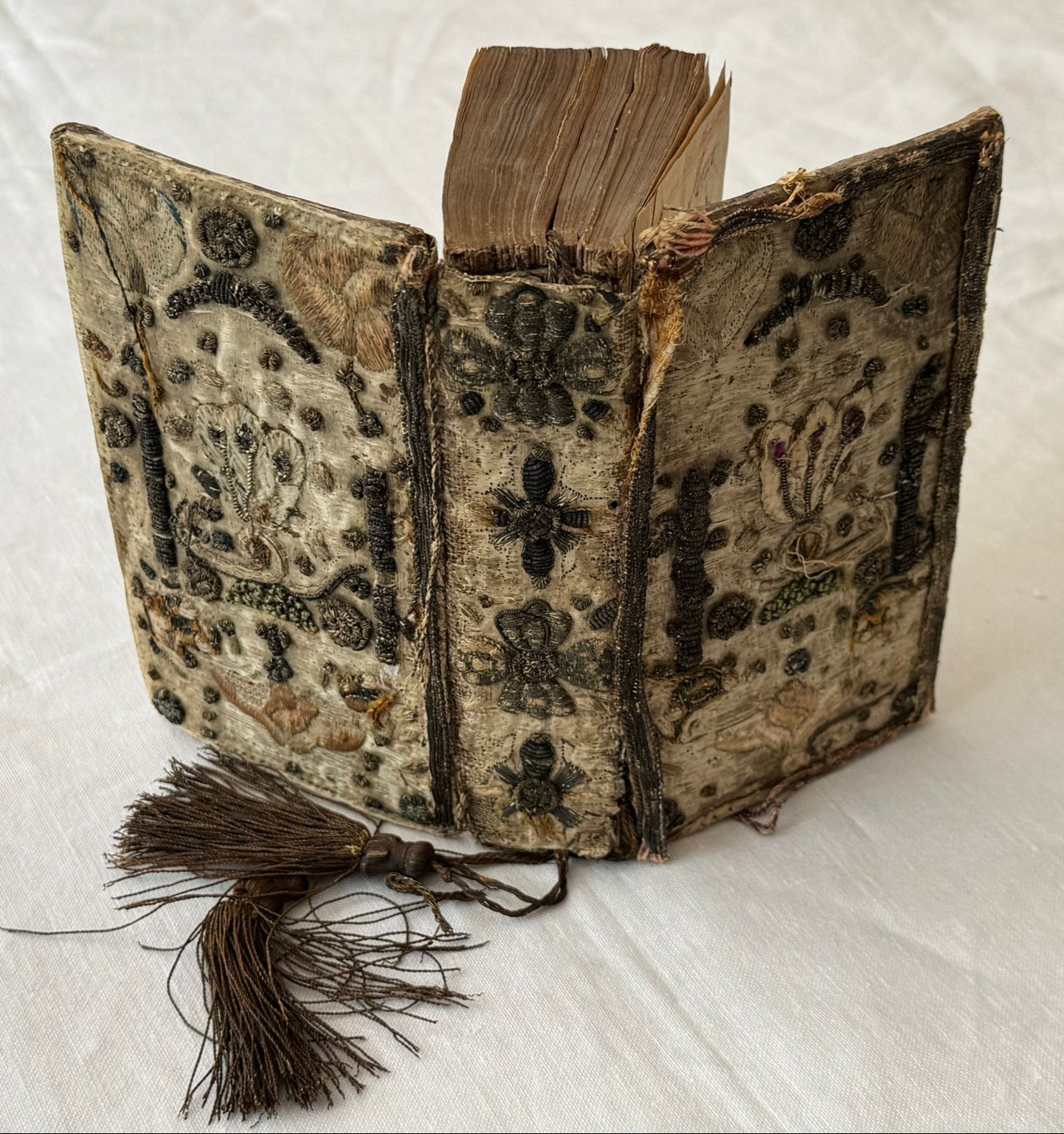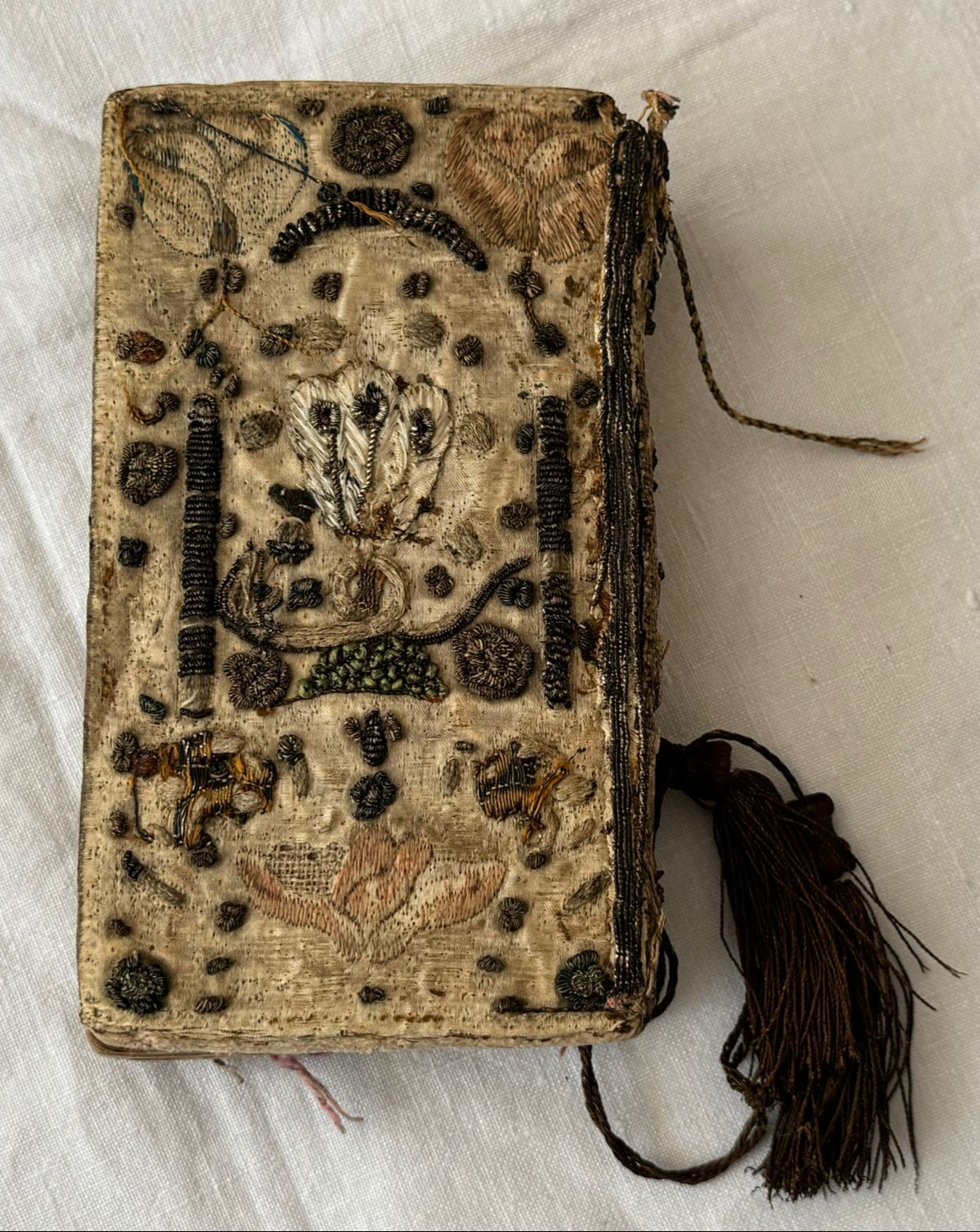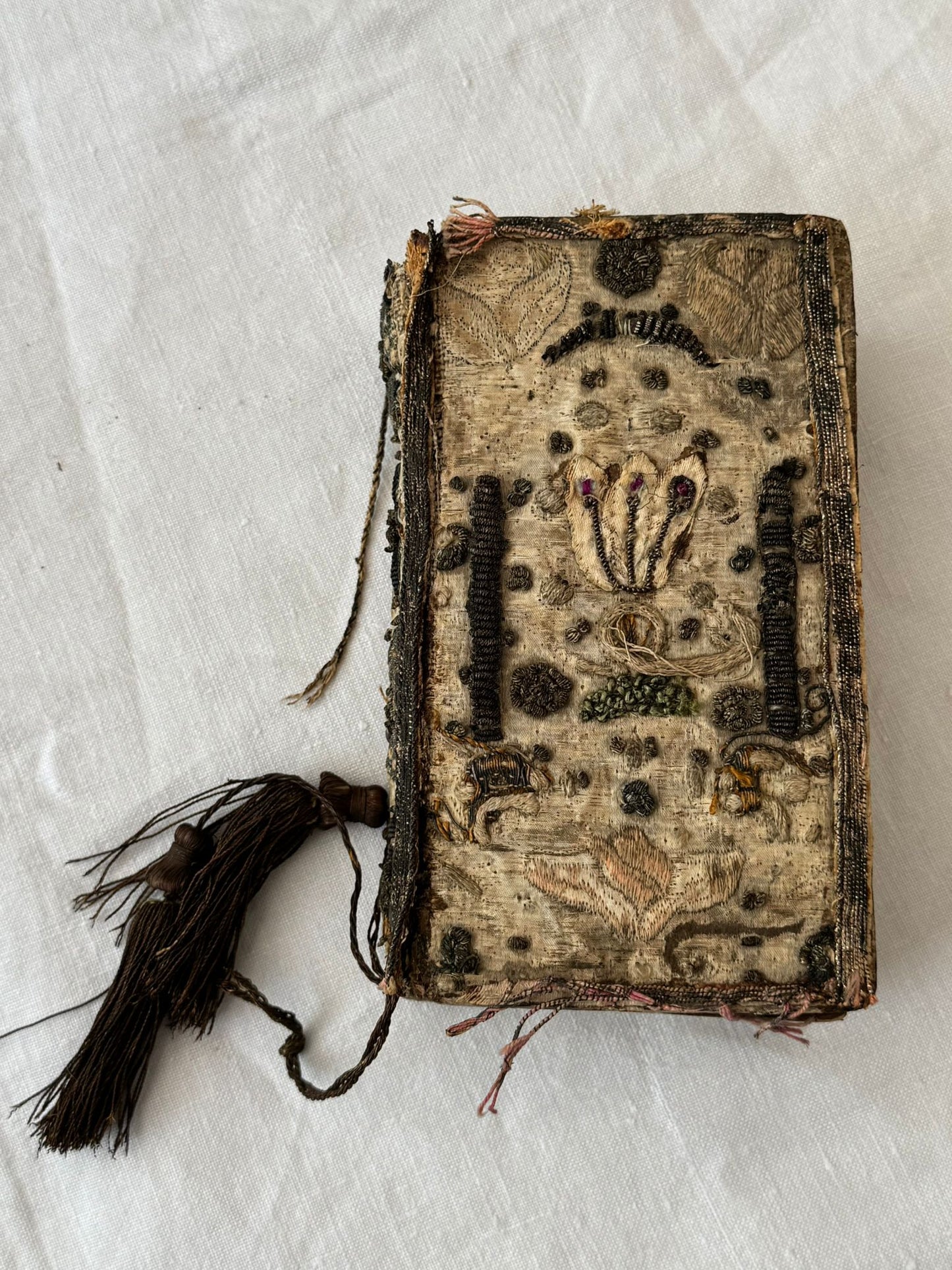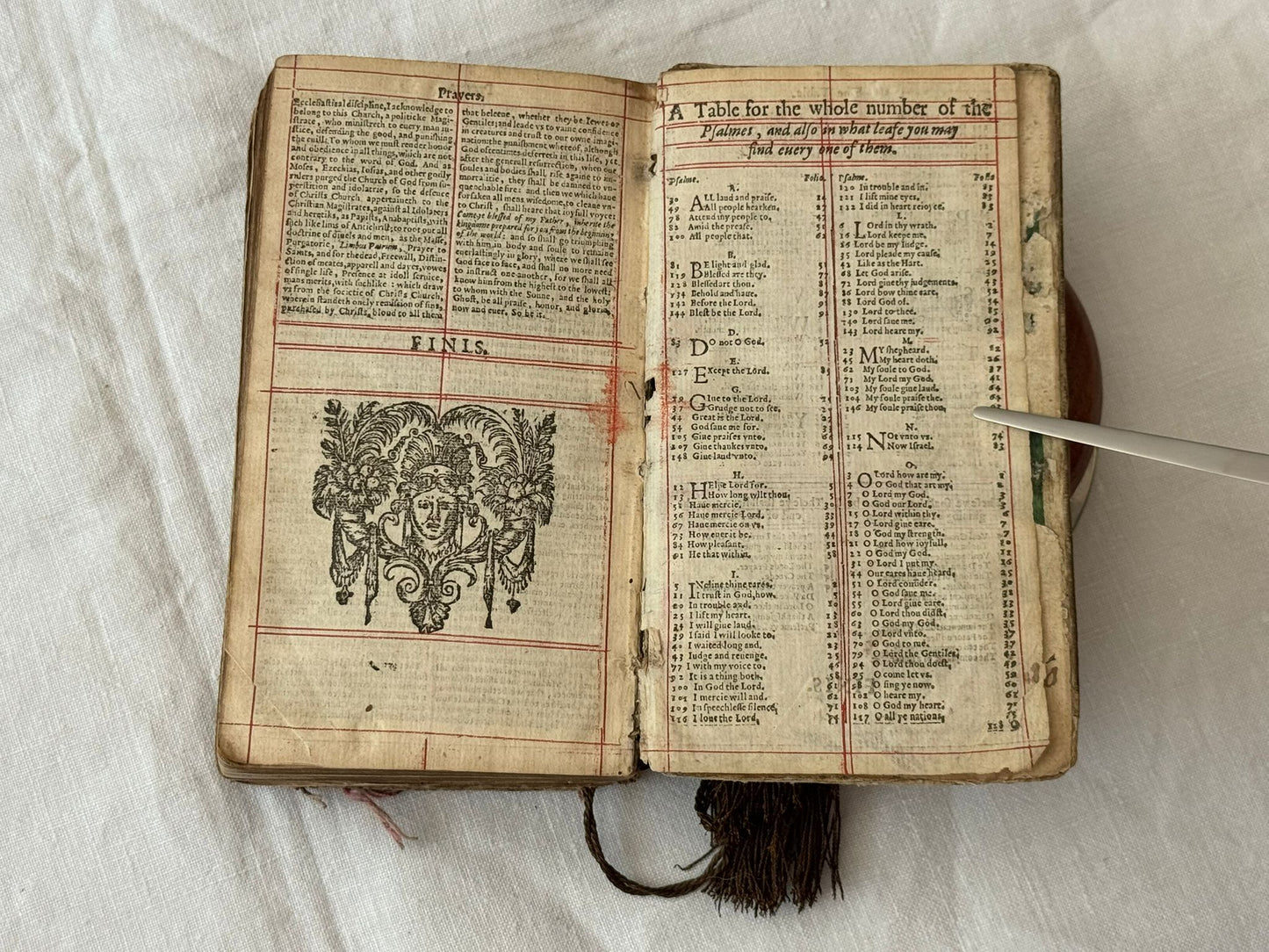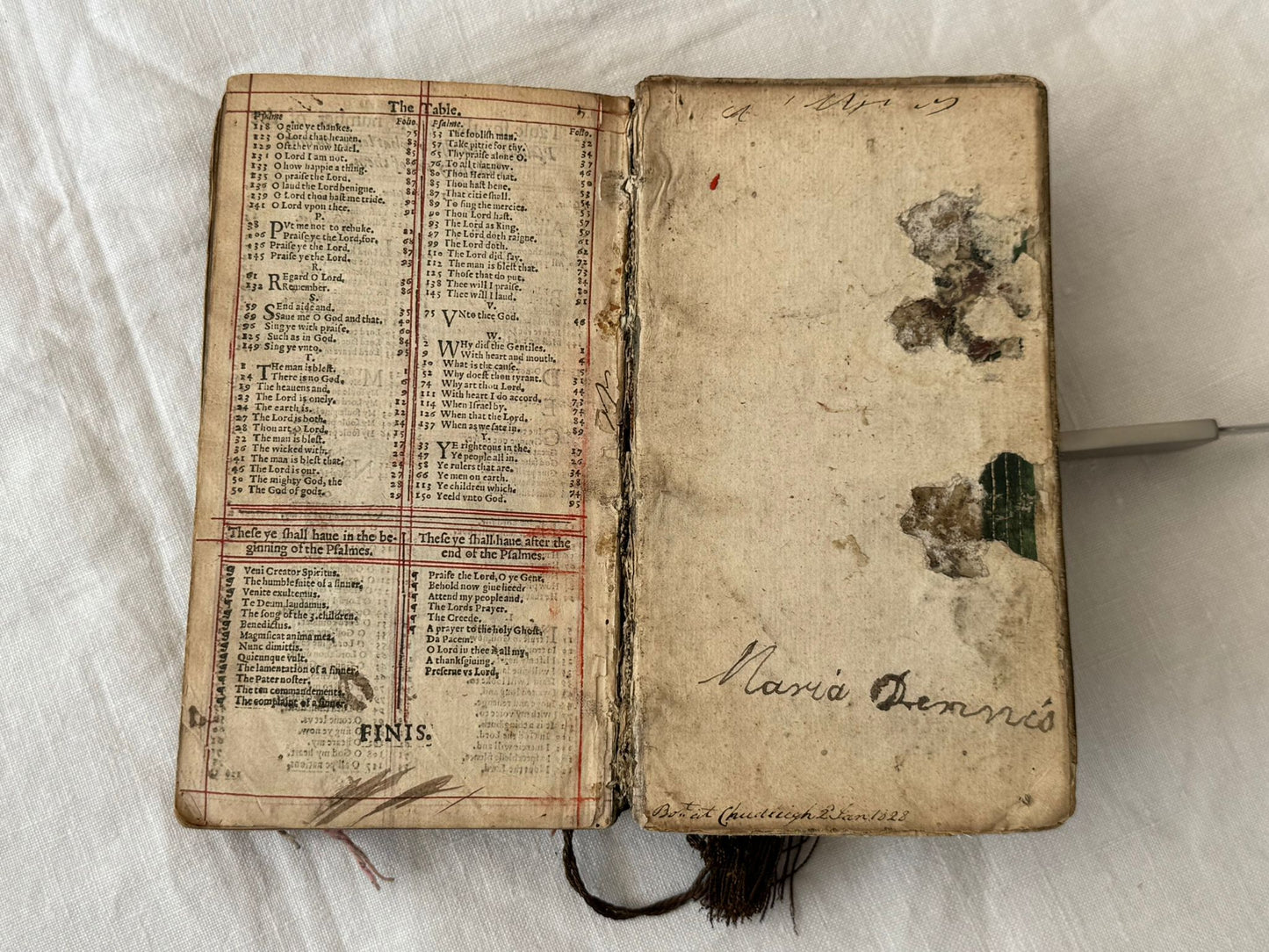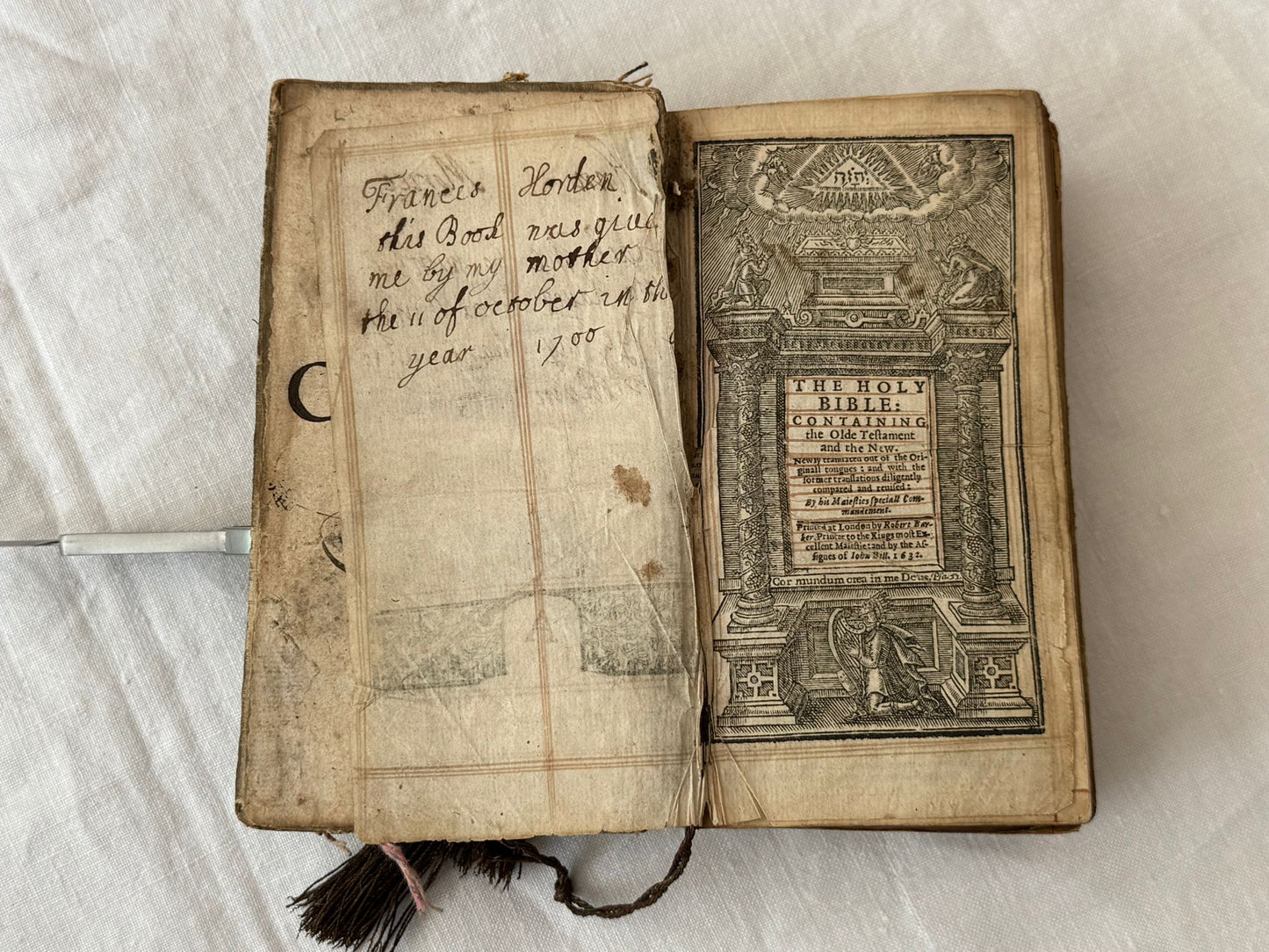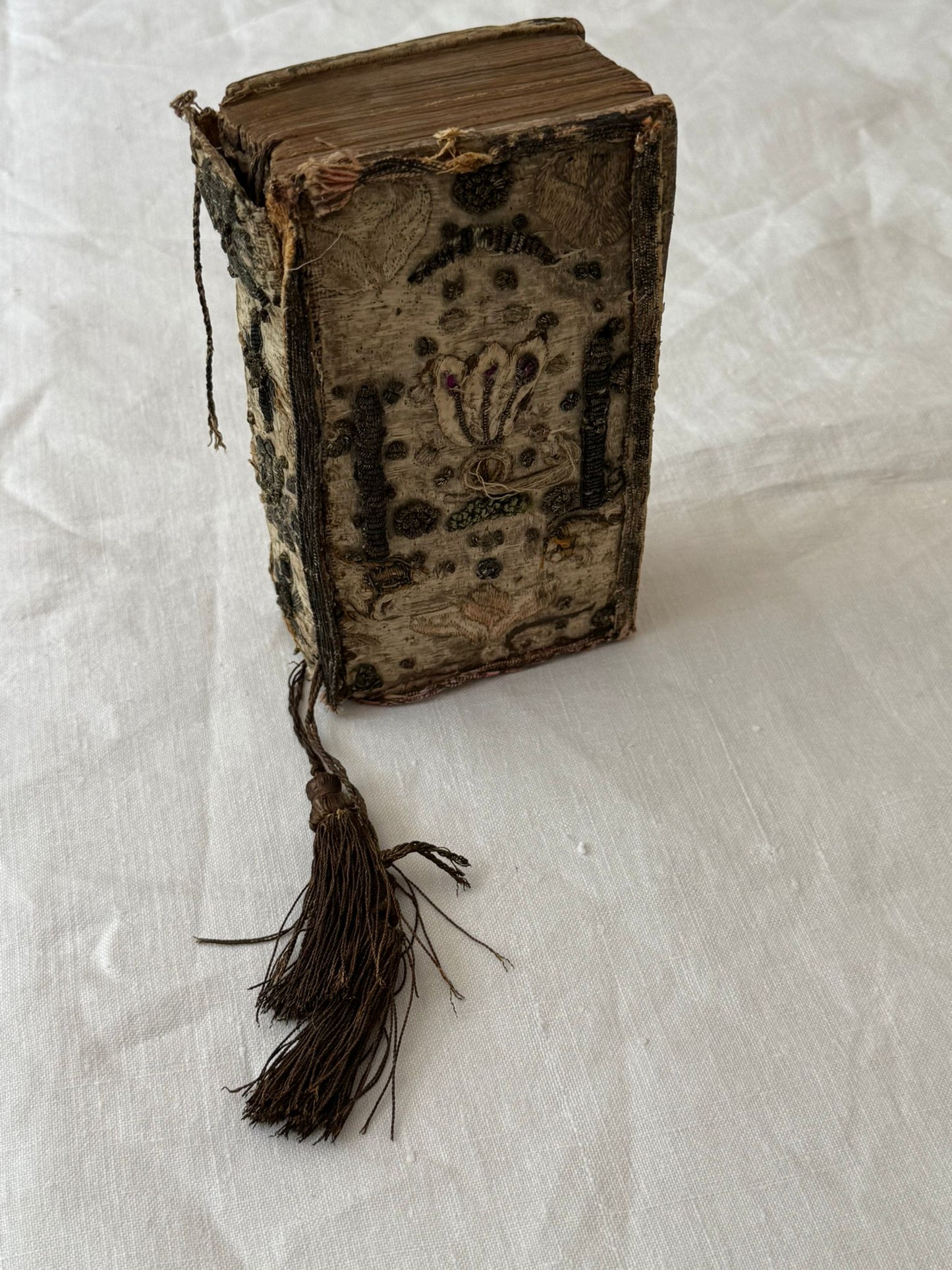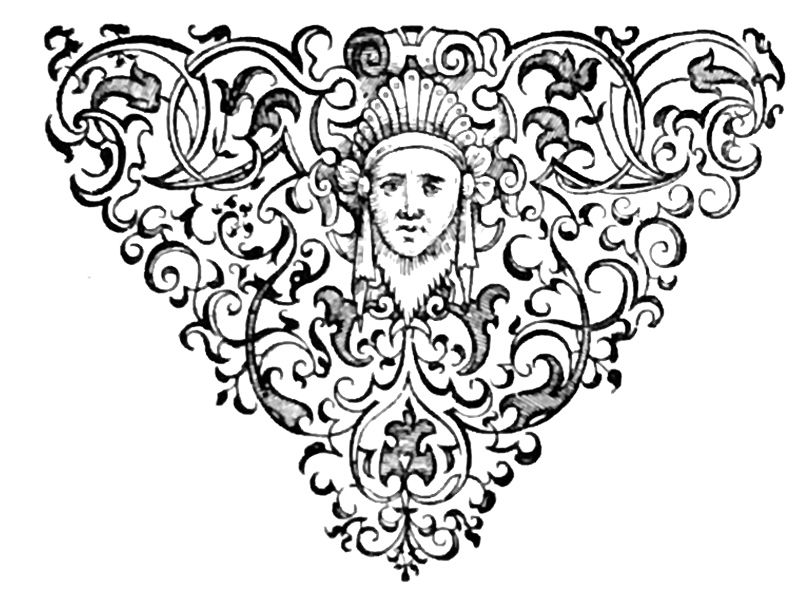De Bry Rare Books
Contemporary Embroidered Binding for a 1632 King James Bible (including the Old and New Testaments and the Book of Psalms) — with 3 generations of Women’s Ownership
Contemporary Embroidered Binding for a 1632 King James Bible (including the Old and New Testaments and the Book of Psalms) — with 3 generations of Women’s Ownership
Couldn't load pickup availability
Contemporary Embroidered Binding for a 1632 King James Bible (including the Old and New Testaments and the Book of Psalms) — with 3 generations of Women’s Ownership
“The Holy Bible: Containing the Olde Testament and the New” - Robert Barker, 1632
Bound with:
“The Whole Book of Psalmes”- Robert Barker, 1631
Dimensions: 15.5 × 9 cm
Provenance and Inscriptions (front flyleaves):
“Ann Morice: Teach me to number my dayes, that I may ap[p]lye my h[e]art unto wisdom”
“Frances Horden - This Book was given me by my mother the 11 of October in the year 1700”
“Cornelia Horden - March ye XXI”
Binding and Decoration:
Bound in a contemporary embroidered binding with silver thread, gold tassels, and stump work. Complete Bibles in embroidered bindings (including both Old and New Testaments) are less common on the market than those of the New Testament or Psalms alone.
Seventeenth-century English embroidered bindings were especially popular in noble and wealthy families between 1625 and 1675. They were used to bind devotional works and served as luxury objects, often exchanged as gifts — particularly between women who prized fine needlework. Some bindings were bound by the books owners, while others were produced commercially.
The embroidery was often woven on canvas in early bindings, and employed multiple advanced techniques, including Couching for gold and silver threads, French knots for decorative detail (commonly flower centers), and Stump work for raised, three-dimensional scenes
This example stands at the finer, more skilled end of the spectrum, employing all these techniques. The larger format (a complete Bible rather than a Psalter or New Testament) also suggests greater luxury.
The embroidered decoration features a central lily flanked by two guarding columns, with floral motifs in each corner. The lily, symbolizing chastity and moral purity, may also allude to the Virgin Mary, especially within Catholic contexts.
Women’s Ownership:
Unusually, this Bible’s chain of female ownership can be definitively traced through the inscriptions. It appears to have been passed from mother to daughter:
Ann Morice [Horden] (1660–1747) likely commissioned or first owned the Bible. Her touching inscription reflects a meditation on mortality. She married John Horden (d. 1689), rector of St Michael Queenhithe (a London Wren church now demolished). She is buried in Westminster Abbey.
Their daughter, Frances Horden [Wiat] (1689–1734), received the Bible in 1700, likely as an 11th birthday gift. The childlike handwriting and spelling errors in her inscription support this. Frances Horden had two marriages - to Thomas Sprat, archdeacon of Rochester, and to Richard Wiat. Frances is also buried in Westminster Abbey.
Frances’s daughter, Cornelia Horden, subsequently inherited the Bible. Cornelia later married William Percival esq.
Bible edition
This is an Octavo version of the King James Bible, bound alongside the New Testament and Psalms. Printed by Robert Barker, royal printer to King Charles I, this 1632 printing is an early edition of the King James Bible. Complete Bibles for personal use from Barker’s press are notably rarer than books of Psalms or New Testaments. Famously, Barker misprinted "Thou shalt commit adultery" in place of "Thou shalt NOT commit adultery in his 1631 publication which was nicknamed the "Wicked Bible(!)".
Complete embroidered Bibles (containing both Old and New Testaments) are less common on the market than embroidered Psalms or New Testaments, with roughly one complete example appearing for every ten or so Psalters or Testaments. Their greater size, cost, and complexity made them more luxurious commissions at the time, and their heavier use has made survival in fine condition especially uncommon.
£7500
